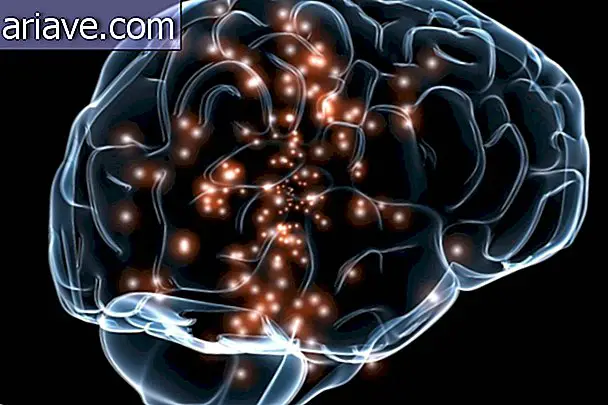CRISPR: Check out 9 breakthroughs thanks to genetic “editing”
Have you heard about a genetic technique called CRISPR? If you don't know what we're talking about, it is a method that allows genetic codes in specific parts of certain chromosomes to be edited. Thus, experts can use this manipulation tool to "edit" defective genes to treat diseases and even prevent their emergence, for example.
This technology is still quite new and is in full development. However, according to Brad Bergan of Futurism, this year there have been a number of important breakthroughs - such as the following:
1 - As we reported here at Mega Curioso a few days ago, US doctors have been able to "fix" an embryo's mutation so that it does not develop a potentially fatal heart condition called hypertrophic cardiomyopathy, which affects one in 500 people.

2 - In May of this year, researchers announced that CRISPR was successfully used to completely extract the HIV virus from a living organism. The technique has been applied to three animal models and has potential for use in humans in the future. The team responsible for this study was also able to prevent the progress of latent acute infection.
3 - Also in May it was revealed that the technique had been successfully used in laboratory mice to create a cancer-killing gene capable of reducing the size of tumors in animals carrying human cells that would lead to prostate and cancer. liver.

4 - Still regarding advances in cancer cure, scientists announced in June that the tool had been employed to act on a protein - called Tudor-SN - involved in cell division and that they had been able to slow the development of cancer cells. .
5 - CRISPR has been employed to stimulate the self-defense mechanisms of antibiotic resistant superbugs to turn against these organisms and lead them to “commit suicide”.

6 - The method can be used to stop diseases transmitted through mosquito bites, such as dengue, for example. To this end, scientists are finding ways to “edit” insect fertility-related genes to limit their reproduction.
7 - In early July, it was announced that a team of researchers had been able to edit the gene responsible for Huntington's disease - an inherited condition characterized by poor motor coordination and that may affect the personality and certain mental abilities of carriers - of mice. laboratory, causing the condition, instead of progressing, to regress. Soon the same technique can be tested on humans.

Beyond the medical and health field, scientists are studying ways to use CRISPR for sustainable biofuels. One initiative is to "edit" the algae genetic code so that they produce twice as much biofuel as normal.
Also during this year, researchers used CRISPR to “record” images and animated GIFs in DNA - with the goal of developing molecular recorders that work to capture what happens inside the cell or its environment and will allow scientists to access information without the need to invade or interfere with the organelle.

It's worth mentioning that if you were slightly worried about the consequences of this genetic “cut and paste”, according to Brad of Futurism, the Defense Advanced Research Projects Agency (DARPA) recently invested $ 10. 65 million in a project focused on improving the accuracy of the technique and ensuring that it is used safely and ethically in the future.











